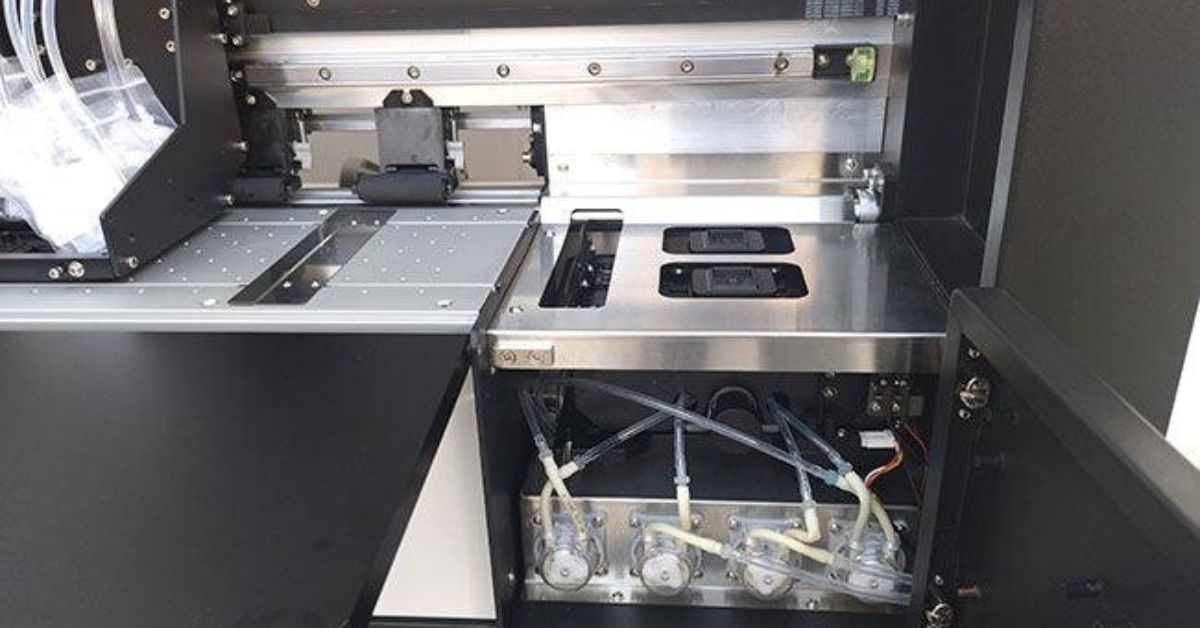
DTF Printing vs. UV DTF Printing: What Are the Differences?
In the realm of printing technologies, the options and innovations continue to expand, offering businesses and hobbyists alike various methods to achieve high-quality results. Two popular techniques that have garnered attention are direct-to-film (DTF) printing and UV direct-to-film (UV DTF) printing.
While both methods serve to produce striking, durable prints, they cater to different needs and applications. In this guide, we’ll illuminate the key differences between DTF and UV DTF printing, enabling you to make an informed decision about which technology best suits your requirements.
What Is DTF Printing?
Direct-to-film (DTF) printing is a cutting-edge technology that involves printing designs onto a special film and transferring them to a substrate via heat and pressure. This method is particularly advantageous for its versatility, as users can transfer it onto a wide range of fabrics, wool, and leather.
It's ideal for custom apparel, promotional items, and various other creative applications. With its strong adhesion and resilience, DTF printing ensures that your designs retain their quality and aesthetic appeal even after repeated washes and extended use.
What Is UV DTF Printing?
UV direct-to-film (UV DTF) printing is a revolutionary technique that combines the precision of UV printing with the versatility of DTF technology. In this method, designs go directly onto a special film using ultraviolet light to cure the ink instantly. This curing process ensures the print is dry and ready for transfer almost immediately, which significantly reduces production time.
UV DTF printing is especially popular for its ability to create highly detailed, vibrant images with an impressive level of clarity and color fidelity. Unlike traditional DTF printing, UV DTF allows for the use of special effects, such as gloss finishes, textured surfaces, and intricate layering, adding extra creativity to your projects.
What Are the Differences Between Them?
Now that we have a better understanding of what DTV and UV DTF printing are, what are the key differences between them? For one, the curing process differs significantly. DTF printing relies on heat and pressure to transfer the design from the film to the substrate, which means a bit more time is necessary for the entire process. In contrast, UV DTF printing uses ultraviolet light to instantly dry and cure the ink, allowing for faster production cycles and immediate handling of the printed materials.
Another important distinction lies in their material compatibility and the quality of prints they produce. DTF printing boasts impressive versatility, but it's better for substrates such as t-shirts, caps, and other merchandise.
On the other hand, UV DTF printing excels with harder substrates, such as tumblers, cans, mugs, and so on. The UV-curing ink in this method creates prints that are exceptionally resistant to scratches, fading, and water, making them ideal for outdoor signage and items that require long-lasting visuals.
The good news is that Inkjet Parts has the tools you need to create vibrant, stunning, and long-lasting products, no matter which printing process you prefer. Not only do we sell UV DTF and traditional DTF printers, but we also have all the inks, dyes, papers, and powders you need to get the project done.


Leave a comment